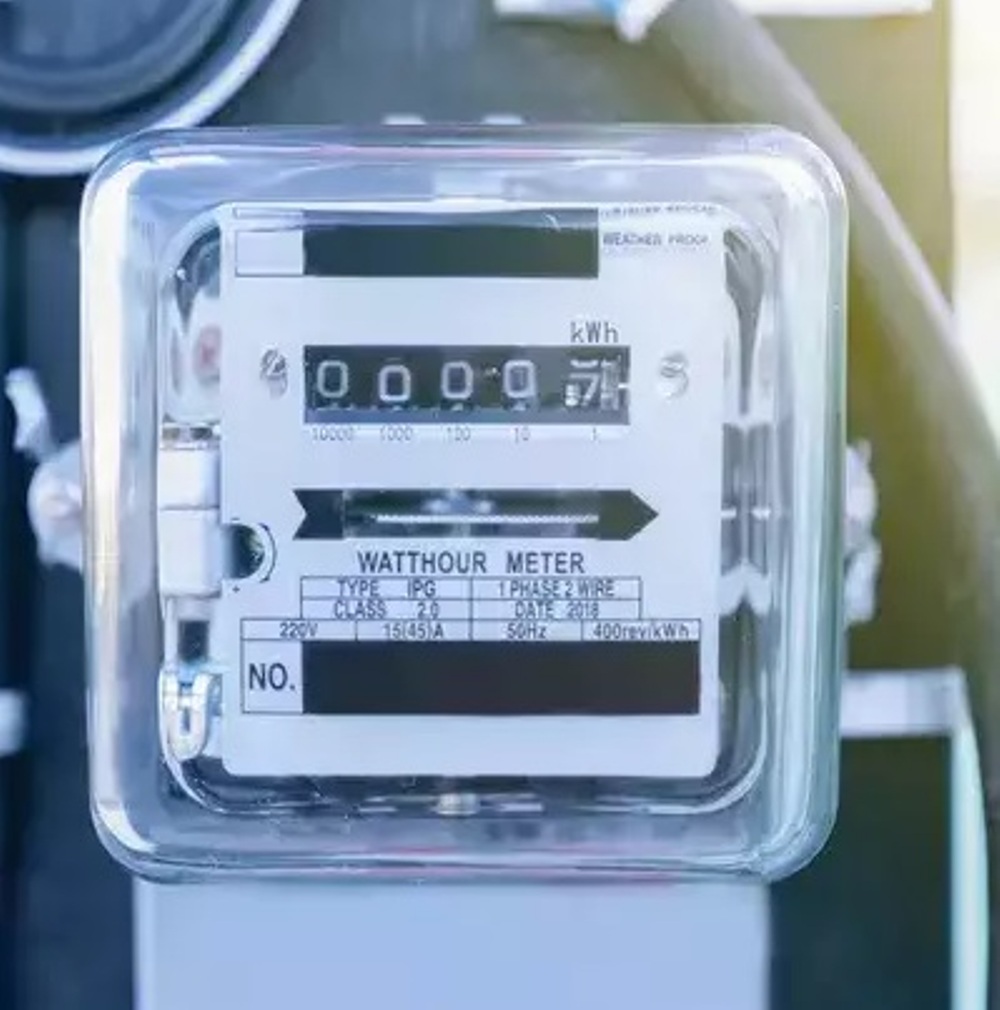
The global market for rheumatoid arthritis treatments is expected to grow at a CAGR of...
Learn More
Our consulting solutions address company specific challenges with respect to micro environment...
Learn More
Organizations frequently need day-today research guidancein order to gain strategic...
Learn More
Exploring different areas of market research and market analysis is a key factor...
Learn MoreAcute Market Reports presents the most extensive global business research services across industries. Our research studies focus on potential outcomes, benefits, and risks associated with each market segment across geographies. Having served our global clients for more than 10 years, our prime priority is to enable our clients in making well-informed business decisions through a data-driven, analytical, and uncomplicated research approach.
We provide access to the world's most comprehensive, analytical, and updated business intelligence services and solutions.




The utility scale smart meters market is expected to grow at a CAGR of 16.5% during the forecast period of 2025 to 2033. Utility scale smart meters, integral components in modern energy management and grid optimization, facilitate the precise measu...
Read More
The pet tech market is expected to grow at a CAGR of 14.2% during the forecast period of 2025 to 2033, driven by technological advancements, heightened awareness of pet health, and evolving consumer lifestyles. The integration of technology into pet care, the increasi...
Read More
The global plastic crates market is expected to experience significant growth in the coming years, driven by factors such as increasing demand from industries such as food and beverage, agriculture, retail, and automotive, among others. The global pl...
Read More




